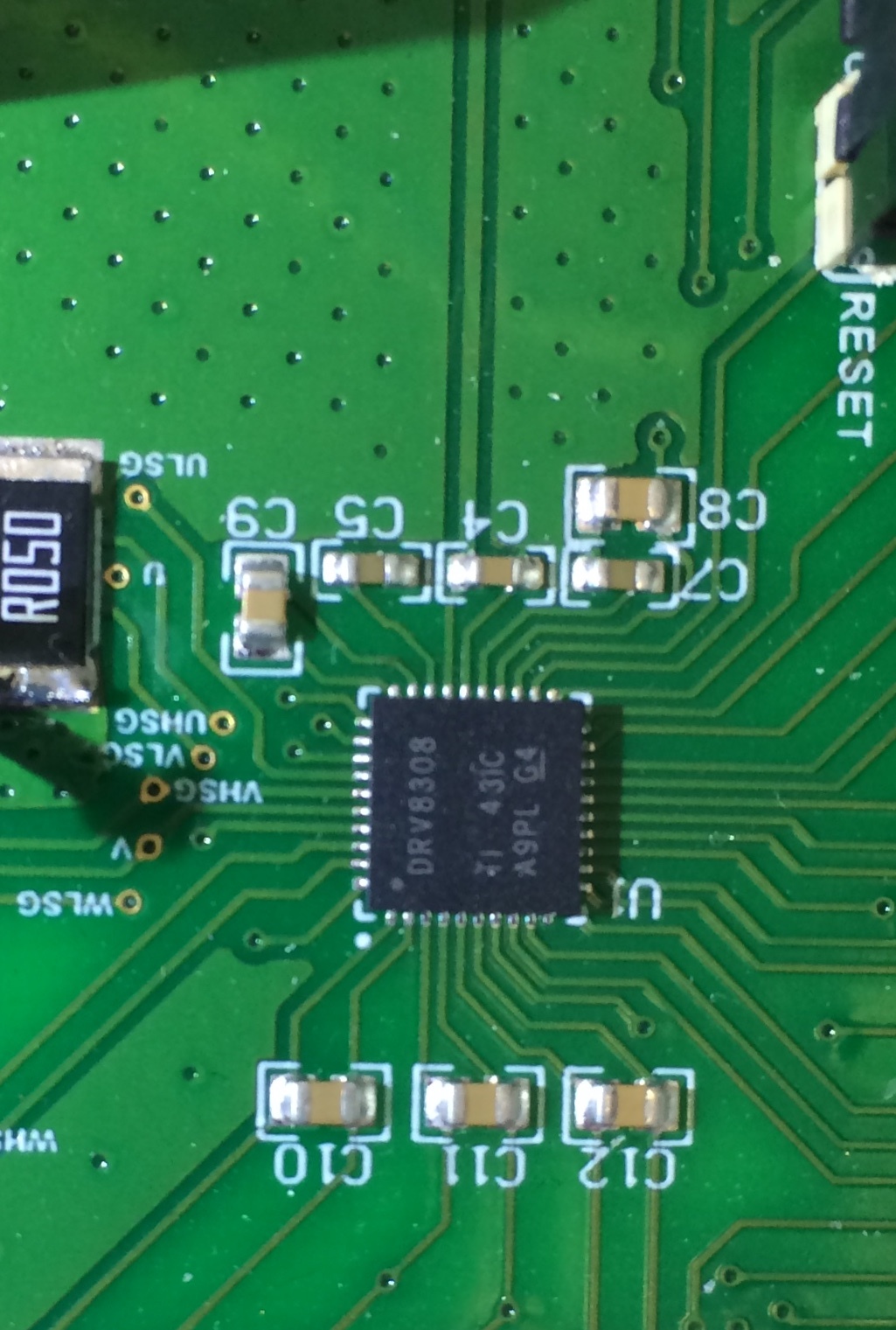Hello there,
My application requires to change motor rotate direction. I am wondering what DRV8308's behavior during this transition period with BRKMOD = 1. On data sheet (Table 5 as I copied in the following), it simply says DIR, brake. My understand is: when DIR switches, i.e either from high to low or low to high, driver chip will switch into BRAKE mode. However when it is the condition for the driver chip starts to drive normally.
for example, I run the open loop with pwm duty cycle is set to 10% and motor rotates (BRKMOD =1, brake PIN is not set during the test run). Then I switch the DIR pin to reverse the direction. When or under what conditions that 10% duty cycle applies to motor and motor starts to reverse the direction? somehow I saw a noticeable amount of time that motor being stopped before it reverses rotation.
thanks,
Hong



